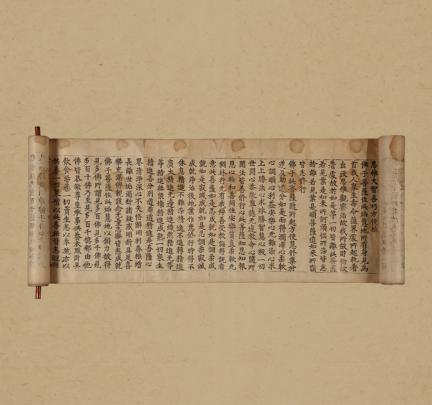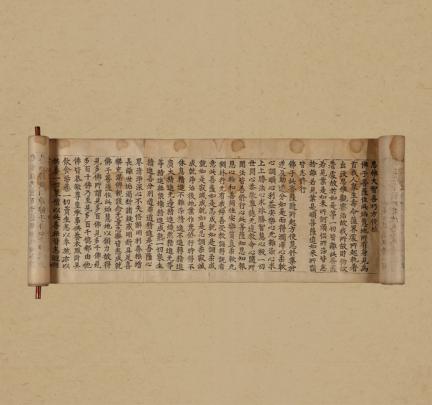국가유산 검색
국보
초조본 대방광불화엄경 주본 권36 (初雕本 大方廣佛華嚴經 周本 卷三十六)Avatamsaka Sutra (The Flower Garland Sutra), Zhou Version, the First Tripitaka Koreana Edition, Volume 36
| 분 류 | 기록유산 / 전적류 / 목판본 / 대장도감본 |
|---|---|
| 수량/면적 | 1권1축 |
| 지정(등록)일 | 1993.04.27 |
| 소 재 지 | 강원도 원주시 오크밸리2길 58 (지정면, 오크밸리) |
| 시 대 | 고려시대(11∼12세기) |
| 소유자(소유단체) | 한솔제지㈜ |
| 관리자(관리단체) | 한솔제지㈜ |

















